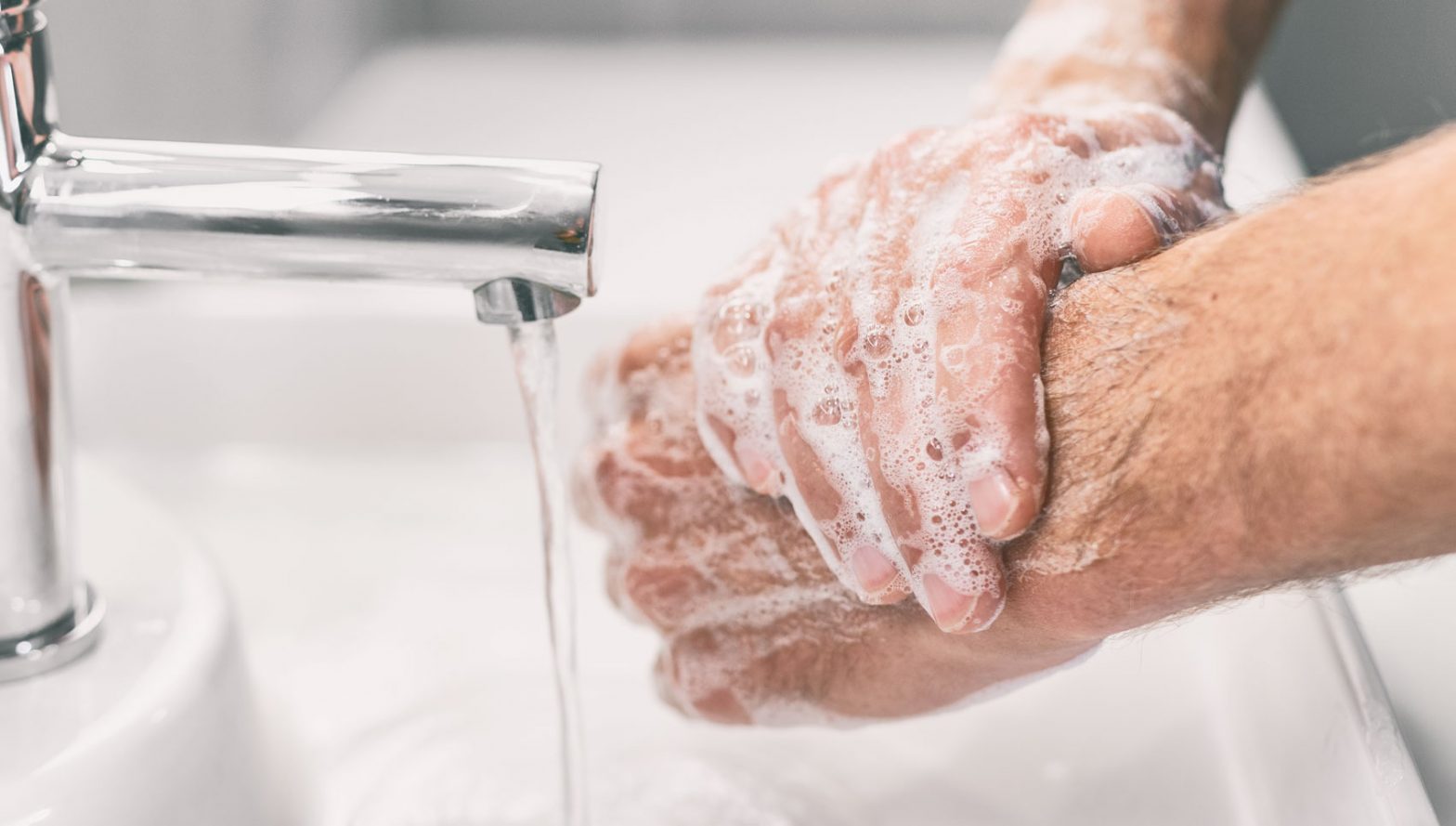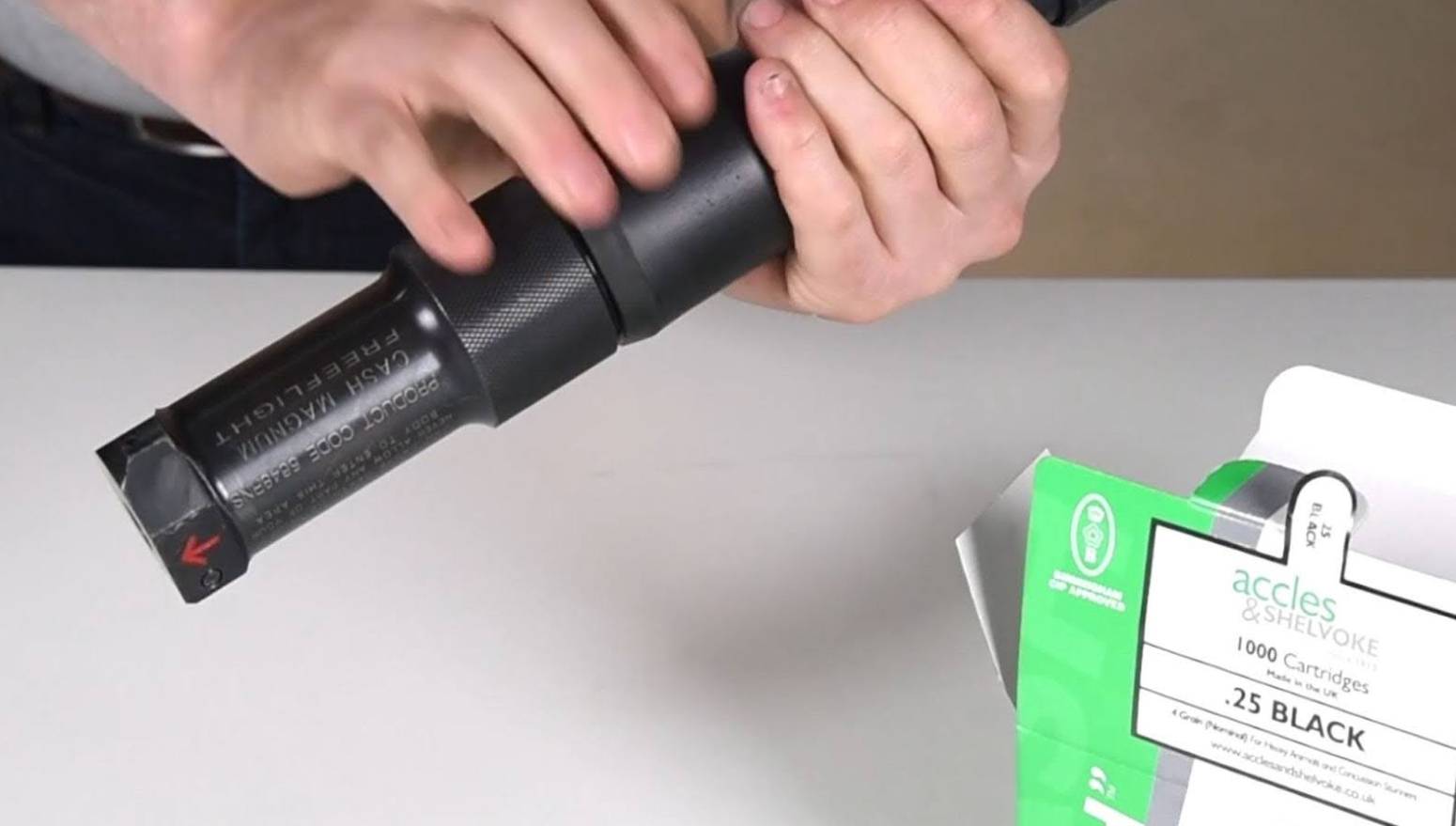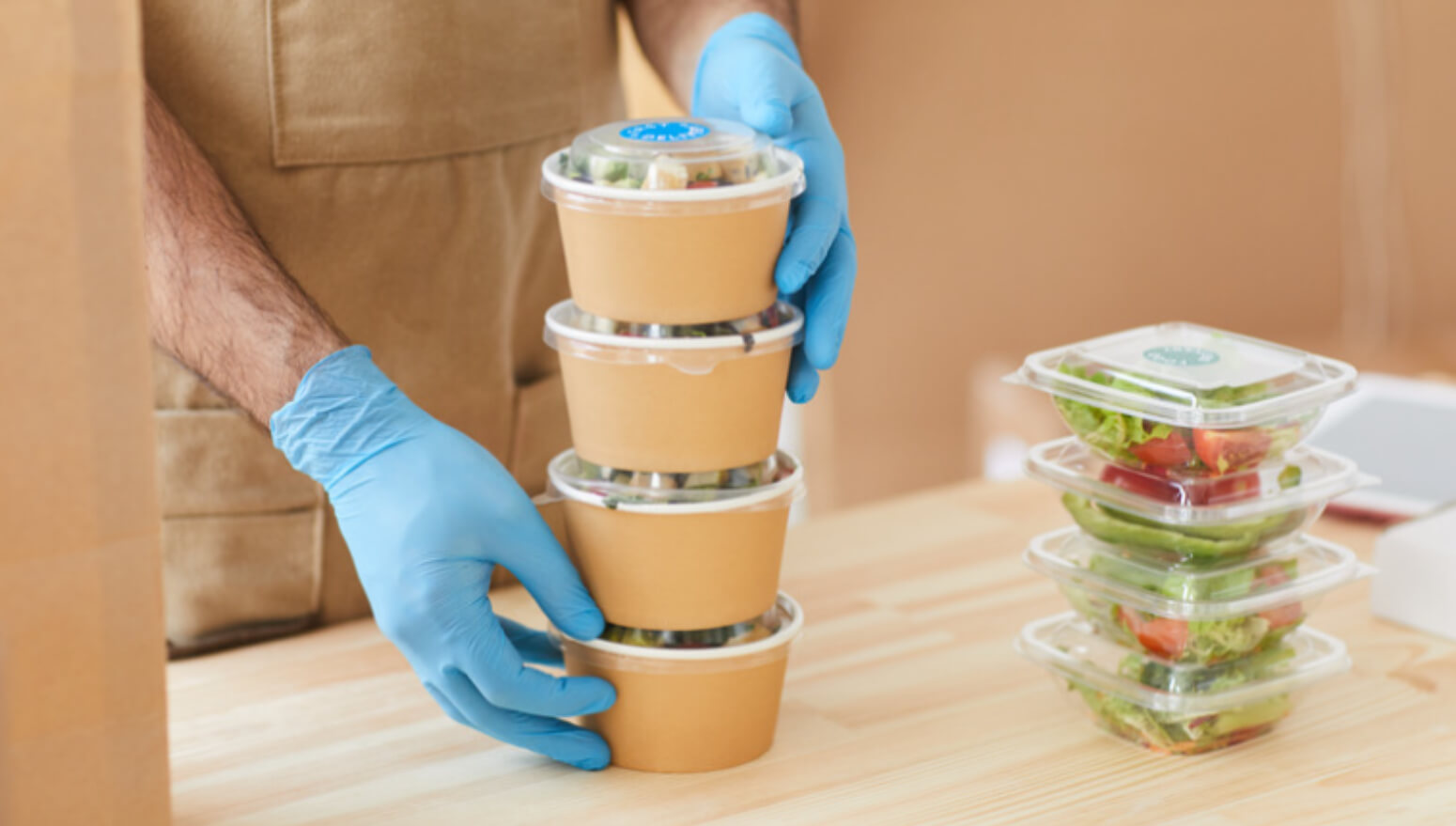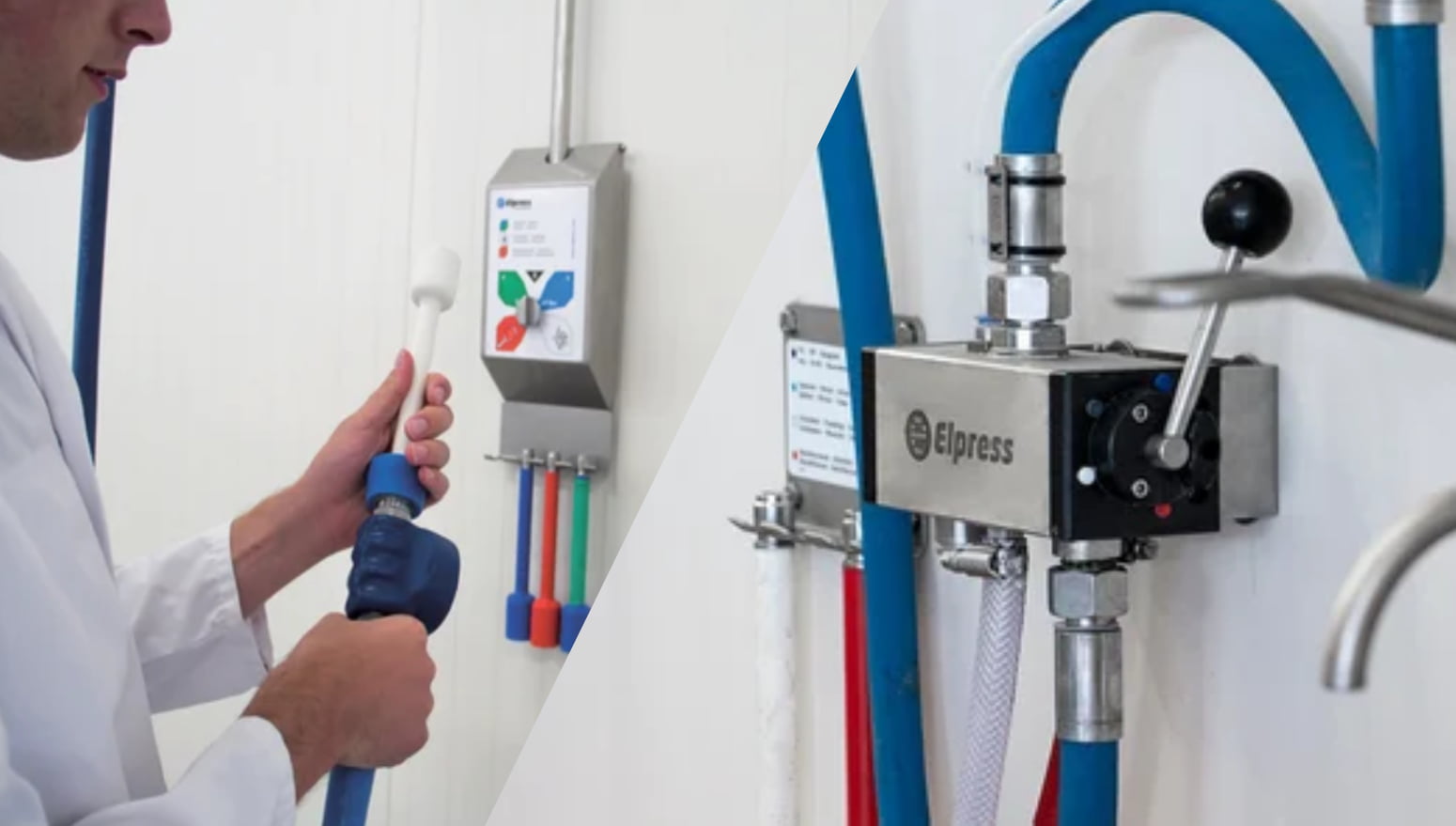With Coronavirus, also known as COVID-19, causing concern across the globe, we turned to our partner Elpress, the leading manufacturer in industrial hygiene, to share the best practices for sanitising and cleaning in food processing industry.
If you’re a food business that wants to ensure you’re operating at the top of your game in terms of food safety, cleaning and sanitising processes, this is the blog post for you. Keep reading to find out about best practices, effective personal hygiene solutions and a 3 step process for cleaning in the food processing industry.
Overview:
- Best practice cleaning in food processing industry
- Dry and wet cleaning methods in the food industry
- What is the 3 step cleaning process?
- Optimised personal hygiene solutions
Best practice cleaning in food processing industry
According to the Food Standards Code, effective “cleaning” is the removal of general dirt, grease and food waste.
“Sanitising”, on the other hand, is treating a previously cleaned surface with a chemical or physical agent to destroy organisms that cause disease or spoilage. This act reduces the total vegetative cell population to a safe level.
It is essential for processors to follow best practice cleaning procedures in order to ensure safe food production, minimise the risk of cross-contamination and avoid recalls and reputation damage to their business.
Dry and wet cleaning methods in the food industry
There are two main methods of cleaning in the food and beverage industry: wet cleaning and dry cleaning.
Dry cleaning is more appropriate for low moisture food processing environments, for example:
- Grain and cereal processors
- Dry blending
- Dry storage areas
- Warehouses
Some businesses will require a combination of wet and dry cleaning; but for the rest of you, we need only concern ourselves with wet cleaning and sanitation.
Wet cleaning in food manufacturing environments involves pre-rinsing, washing (with chemicals), post-rinsing and sanitising food contact surfaces and food processing equipment. Below is an ideal process for you to follow.
3 step process for effective cleaning and disinfecting in food processing
Elpress advises the following 3 step process for effective cleaning in food processing industry.
1. Rinse
At the end of the production process, the areas and equipment are obviously no longer clean. Food residues will always be present to a greater or lesser degree. In order to guarantee hygiene, the production areas must therefore be thoroughly cleaned. This begins with the rinsing of equipment, walls and floors. This requires pressurised water, which is transported to the required location by a booster unit and a network of pipes. The coarse dirt is removed by this boosted water rinsing step.
2. Foam
Immediately after rinsing, the equipment, floors and walls must be thoroughly cleaned by means of foam cleaning – also often called ‘foaming’ for short. In a centralised system, a foam system with automatic dosing unit is used for this. In a decentralised system, the chemical is dosed to the water in the satellites themselves. The foam is created with air pressure. A layer of foam should be applied to all surfaces in the production area. The longer the foam is allowed to work, the better. The layer of foam is then rinsed off.
3. Disinfect
An optional step in the hygienic process is possible after the foaming and the rinsing away of the foam: a post-treatment with disinfectant. This product has an antibacterial effect and is atomised over the equipment and, if necessary, the walls and floors. The disinfecting process ensures that micro-organisms are removed or “killed”. Depending on the disinfectant used, a further round of rinsing with clean water only may be necessary.
Optimised personal hygiene solutions
Elpress’ innovative solutions combine the required steps needed.
Take their hygienic entrances, for example. These standalone units bring together the hand hygiene system and boot cleaning station so that boot soles and hands can be cleaned at the same time. Complete with automatic sensors and a turnstile entrance, workers cannot pass into the area beyond without first having completed the disinfection process. This eliminates the risk of contamination between areas through human movement.
Processors can complete their personal hygiene resources with industrial hand wash basins and hand dryers for optimum cleanliness.
FPE offers the entire range of Elpress food processing cleaning equipment plus parts supply, training and maintenance, so you can dramatically improve the food safety and cleaning processes in your business. Contact FPE today to learn more about best practices for cleaning in food processing industry, plus ideal hygiene solutions for your processing plant. You can also check out the rest of our Resources section for articles on sustainable food manufacturing, food safety monitoring processes, cook-chill products and much more!






